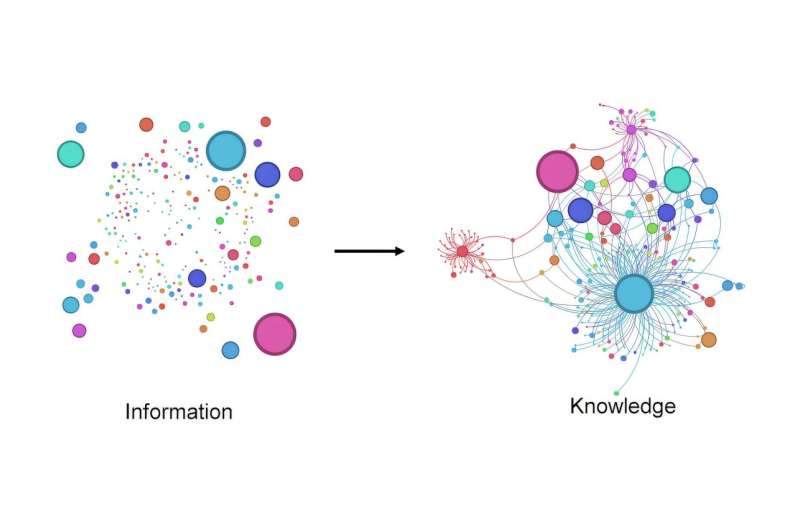MIT Researchers Develop Groundbreaking AI Model to Unlock Hidden Patterns in Scientific Research

Cambridge, MA - A team of researchers at MIT has made a groundbreaking discovery in the field of artificial intelligence, developing a novel approach to unlock hidden patterns in scientific data. The innovative AI model, which uses category theory as a central mechanism, enables it to systematically reason over complex scientific concepts and behaviors, making it a powerful tool for accelerating scientific discovery.
The research, recently published in Machine Learning: Science and Technology, demonstrates an advanced AI method that integrates generative knowledge extraction, graph-based representation, and multimodal intelligent graph reasoning. The approach uses graphs developed using methods inspired by category theory as a central mechanism to teach the model to understand symbolic relationships in science.
"We can accelerate scientific discovery by teaching generative AI to make novel predictions about never-before-seen ideas, concepts, and designs," said Markus J. Buehler, the McAfee Professor of Engineering and professor of civil and environmental engineering and mechanical engineering at MIT.
The researchers used their new method to analyze a collection of 1,000 scientific papers about biological materials and turned them into a knowledge map in the form of a graph. The graph revealed how different pieces of information are connected and was able to find groups of related ideas and key points that link many concepts together.
One notable application of this approach is the identification of unexpected similarities between biological materials and Beethoven's "Symphony No. 9." The AI model found patterns of complexity in both, suggesting that cells interact in complex but organized ways to perform a function, similar to how musical notes and themes are arranged to create a coherent musical experience.
Furthermore, the graph-based AI model recommended creating a new biological material inspired by the abstract patterns found in Wassily Kandinsky's painting, "Composition VII." The AI suggested a new mycelium-based composite material that combines innovative concepts such as a balance of chaos and order, adjustable property, porosity, mechanical strength, and complex patterned chemical functionality.
This breakthrough research has far-reaching implications for the development of sustainable building materials, biodegradable alternatives to plastics, wearable technology, biomedical devices, and other innovative applications. The researchers believe that graph-based generative AI achieves a high degree of novelty and explorative capacity, establishing a widely useful framework for innovation.
"This study not only contributes to the field of bio-inspired materials and mechanics but also sets the stage for a future where interdisciplinary research powered by AI and knowledge graphs may become a tool of scientific and philosophical inquiry," said Buehler.
